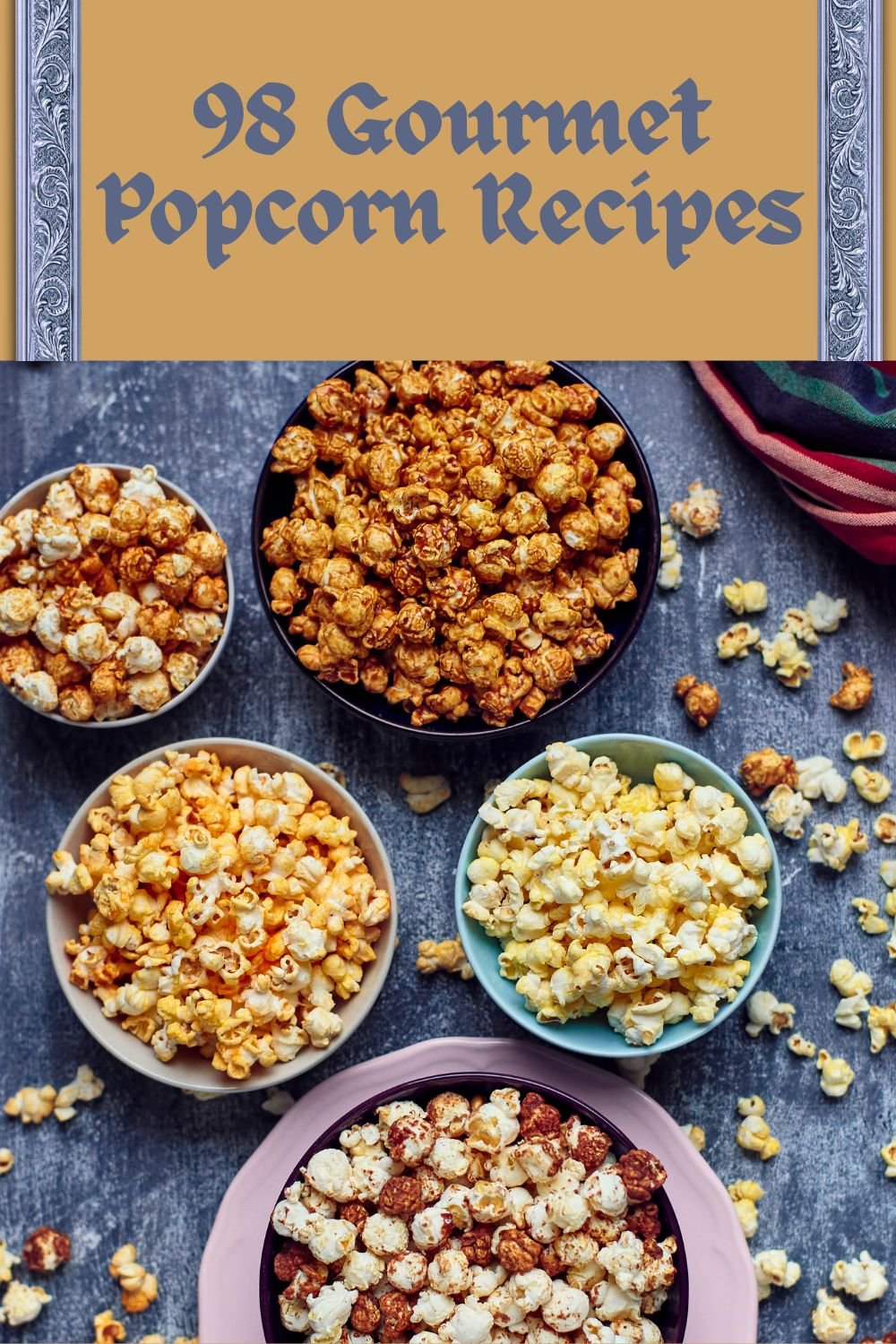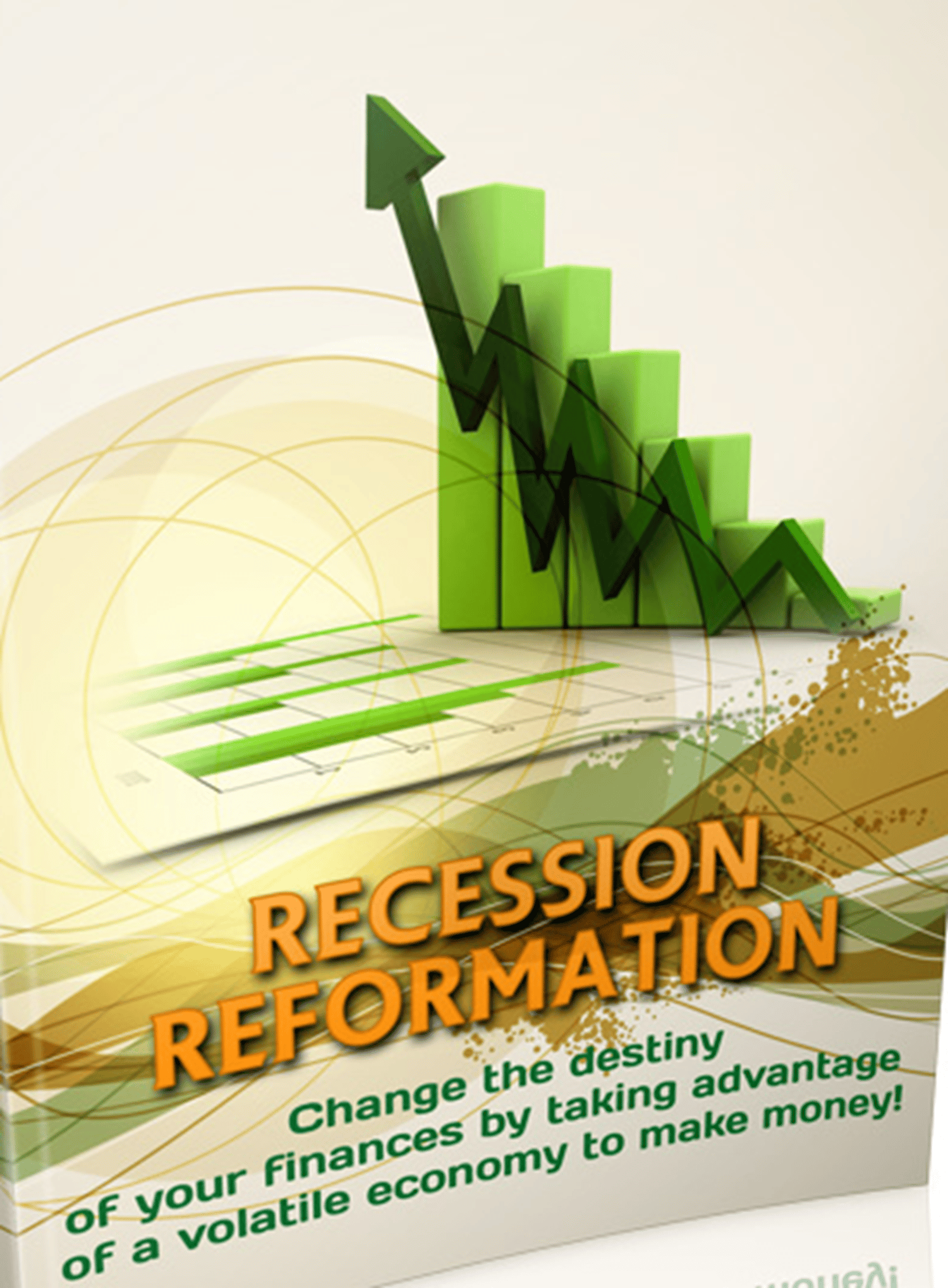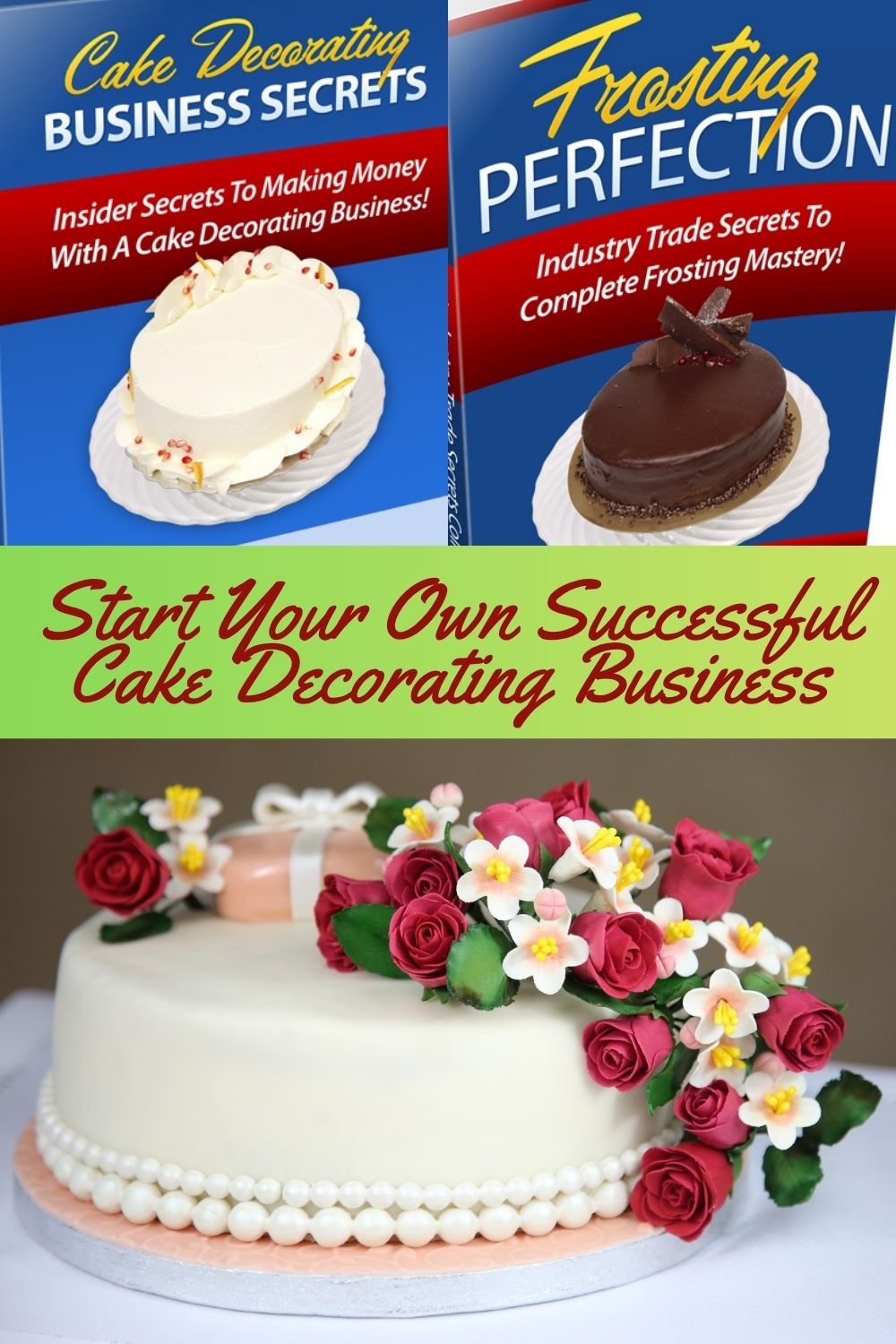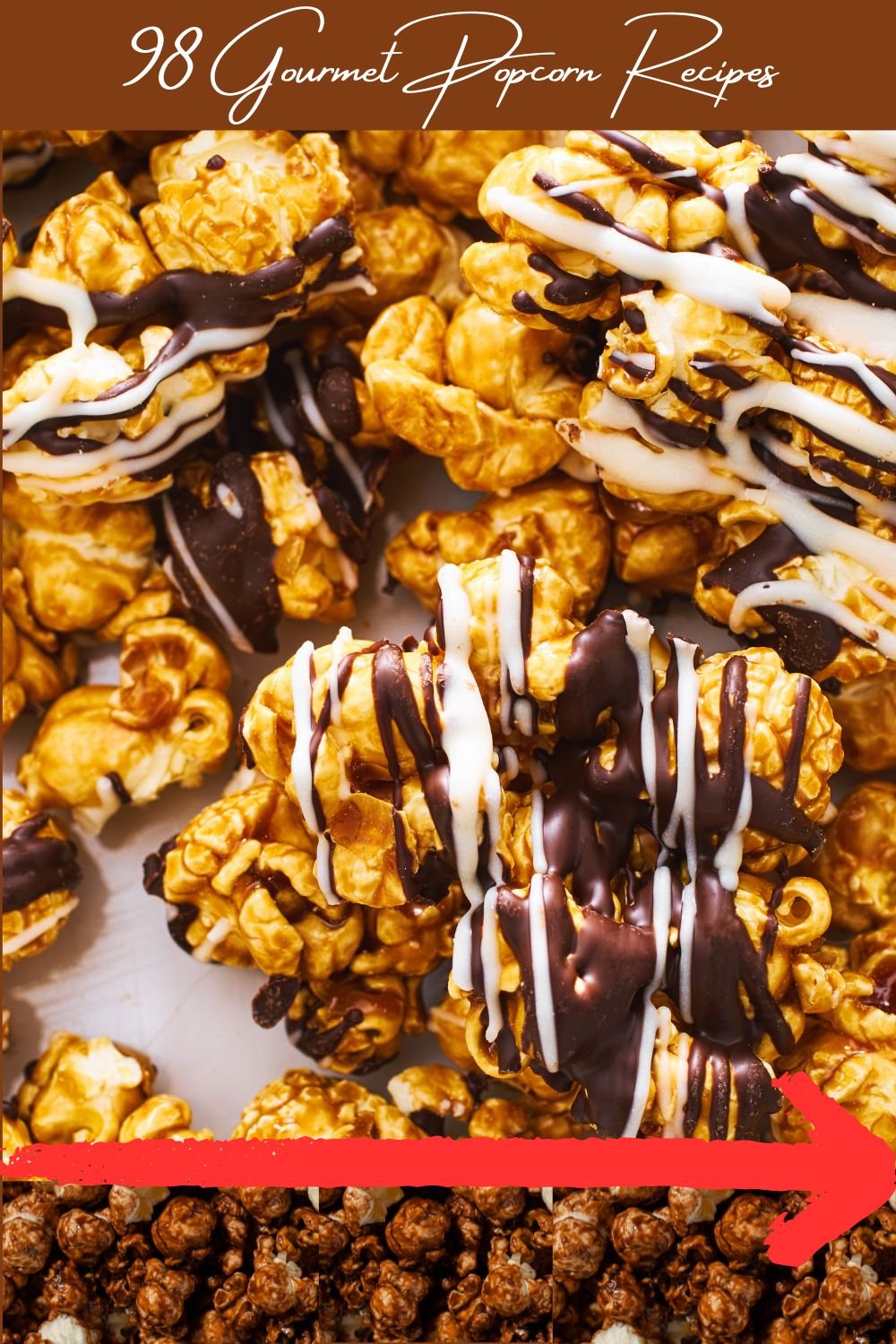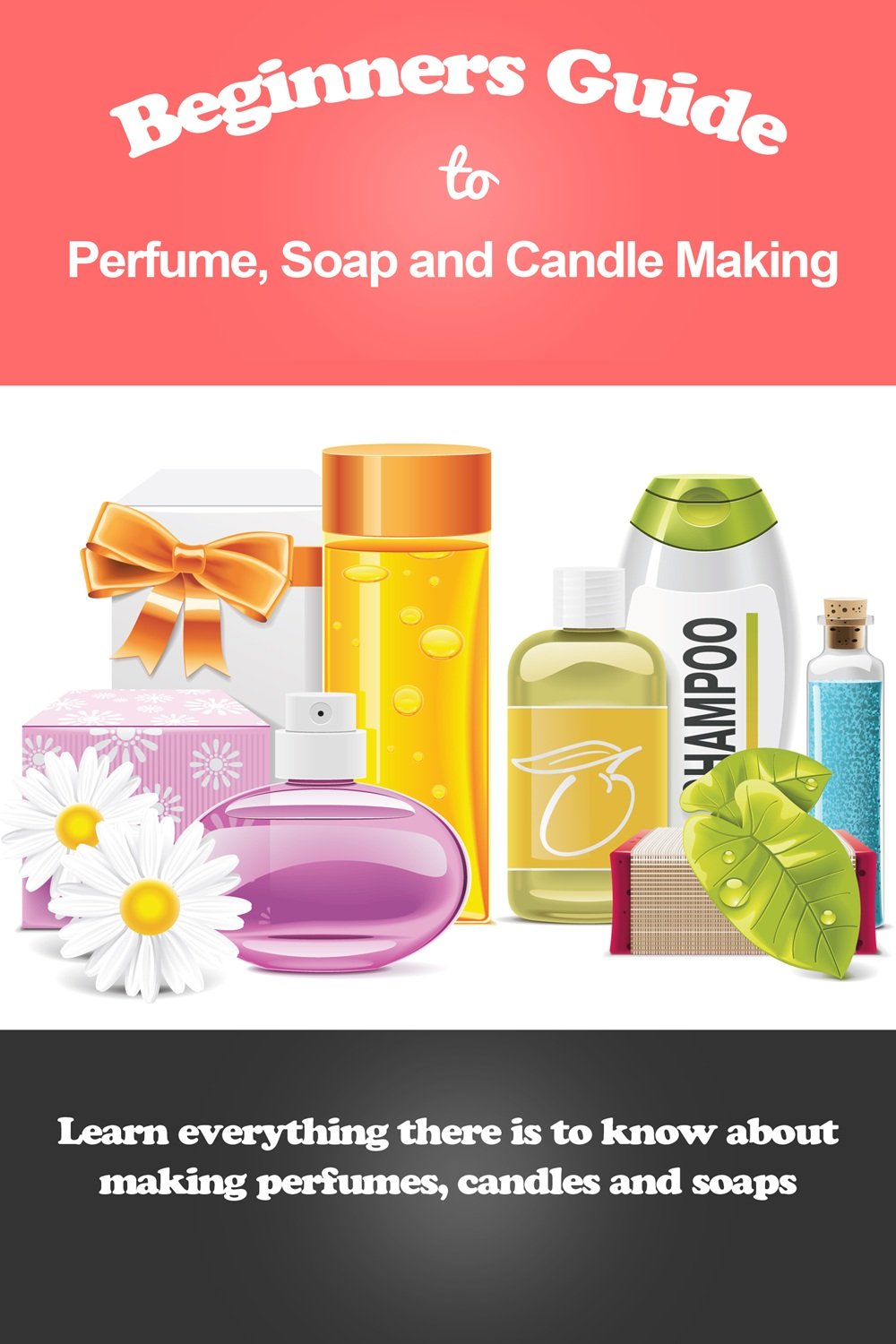
Start a Home Business Selling Perfume, Soap and Candles
A look inside...
Part-I: Perfume Making
1. Perfume Making - An Overview
Perfume is a combination of many aromatic compounds and solvents with specific essential oils and fixatives.
Overall, this combination produces a nice smell in your environment and on your body. Keeping perfumes in a protected place, away from heat and light, can guarantee a longer shelf life. Perfume making is a complex process of mixing all necessary ingredients in specific proportions to get the desired effect.
Plants, flowers, leaves, and bark are important natural sources of aromatic compounds and different essential oils. Different parts of different plants give different aromas. Orange tree, blossoms, and leaves
offer orange oils and petit grain.
Barks of cinnamon and cascarilla have a special fragrance.
Flowers are the major sources of varied types of aromas, like:
- Jasmine
- Rose
- Tuberose
- Mimosa
- and other citrus trees.
Rinds of grapefruit, lemons, and oranges offer a special aroma. In some cases, leaves like those of violets and rosemary have a special aroma of their own. Some seeds like those of nutmeg, coriander, cardamom, cocoa, and anise also offer a special aroma.
Animals are also important sources of special aromas like odorous sacs of the civets, musk sacs from Asian musk deer, honeycomb of the honeybee, and others. Presently most of the perfumes contain...


